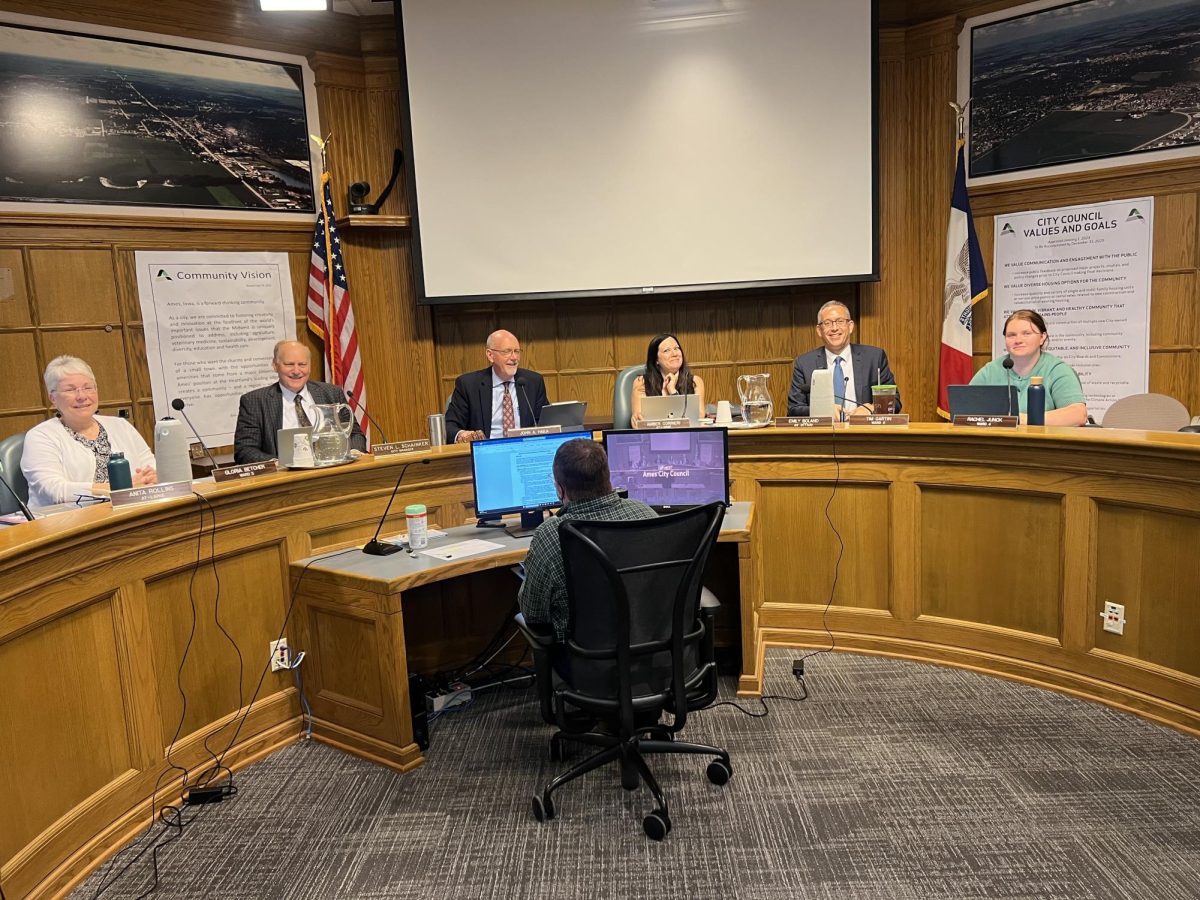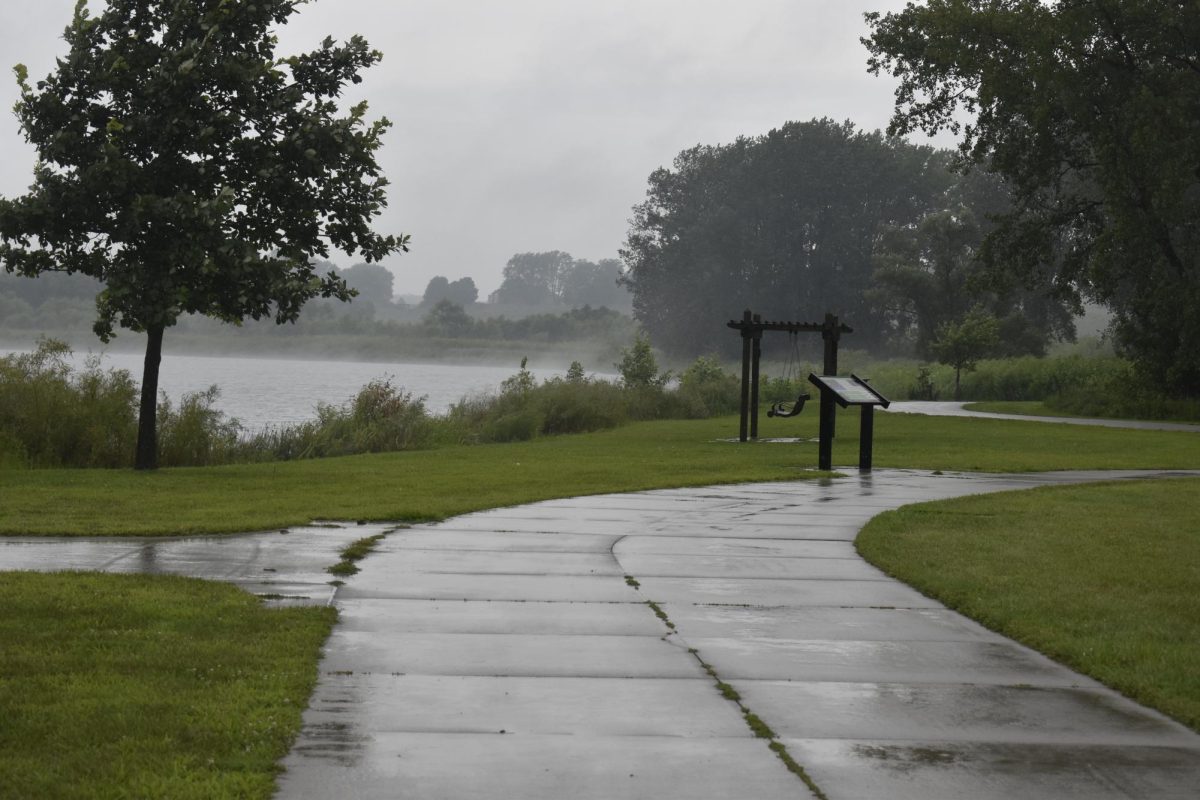Responding to false alarms is a growing concern for Ames Police.
According to Ames city records, in 2023 dispatchers answered 585 security system burglary or holdup alarm calls at local businesses, sending officers to investigate. The vast majority were false alarms. In 2024, there were 626 calls. Through April of this year, 177 calls have been received.
Alarm Numbers: Ames Police Chief Geoff Huff said repeated alarm calls have been a challenge at some locations.
- 2022: 13 businesses had seven or more false alarms with some locations requiring as many as 15 responses by the police.
- 2023: several businesses had more than eight false alarms, including one with 17 false alarms and another with 24
- 2024: several businesses had in excess of nine false alarms, including three businesses with 20, 25 and 29 false alarms.
City staff are seeing similar results so far this year, Huff said.
Current System: Businesses are allowed three false alarms before being penalized. From the fourth call on, the business is charged $30 per false alarm.
Recommendation: At Tuesday’s meeting, the council unanimously adopted a police department recommendation that a new fine system be implemented.
- No charge for the first three false alarms
- $50 for a fourth
- $100 for a fifth
- $200 for each subsequent false alarm
Arguing for the new system, Huff explained that responding to a false alarm usually involves two officers for safety reasons at about $45 per officer. Since the vast majority of such calls are false alarms, officers may not take them seriously in cases when there is a real alarm, making it important that businesses do more to do their part to properly arm their security systems to reduce the number of false alarms.
City manager’s recommendation: “Most businesses in Ames are responsible and work diligently to ensure false alarms do not occur. However, false alarms come with a cost in staff time as well as increased liability. The current fine structure of a $30 charge after three false alarms does not appear to be a strong deterrent to motivate fixing the underlying cause of these false alarms.”



















